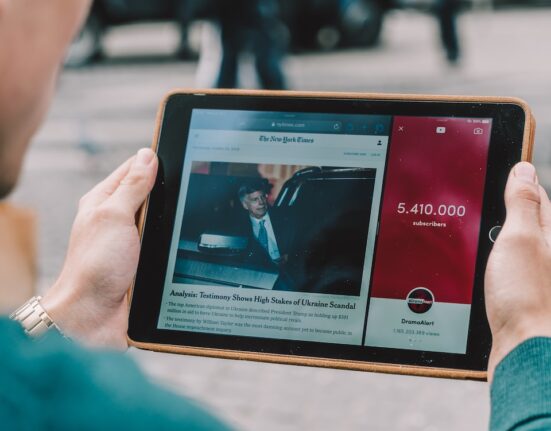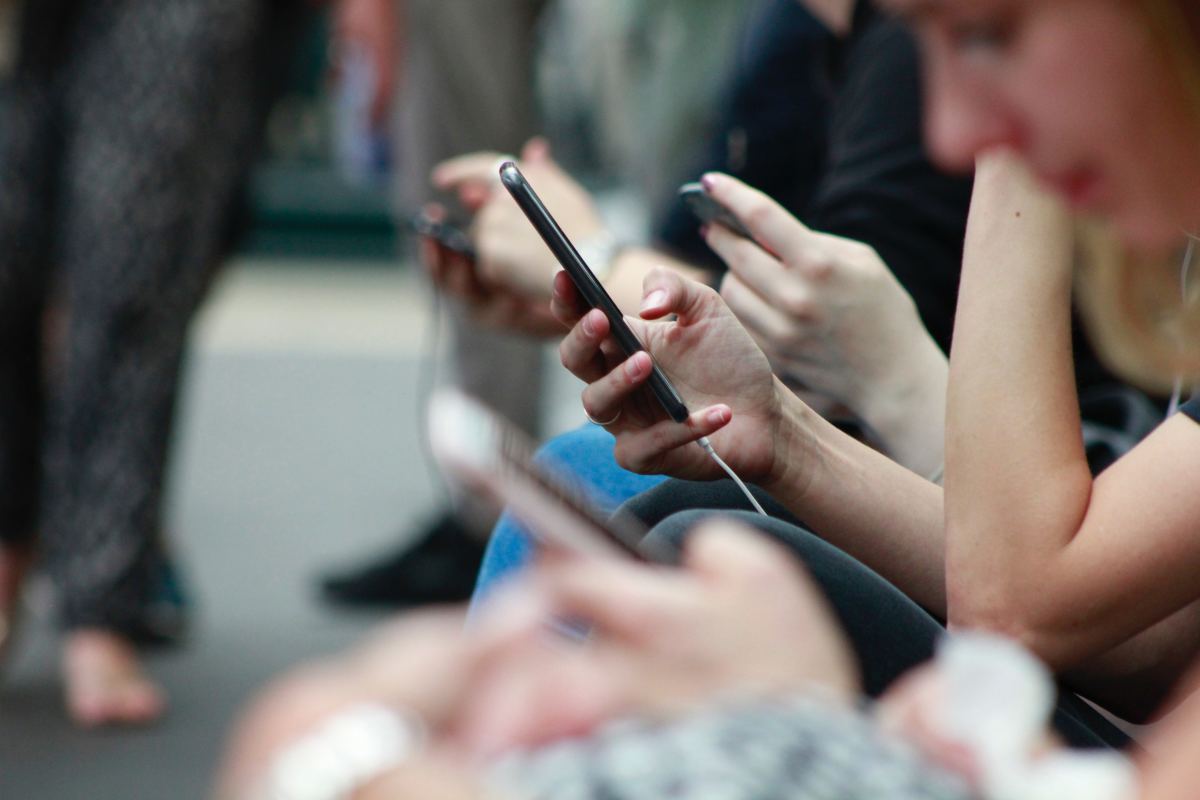The Digital Revolution: The Impact of Smartphones on Communication and Socialization
Smartphones have completely changed the way we interact with one another. They have made communication faster, more convenient, and more accessible than ever before. Whether it’s staying in touch with loved ones through video calls, texting colleagues while on the go, or using social media to connect with new people, smartphones have made it easier to build and maintain relationships. However, with all the benefits come some downsides. For instance, the constant need to check notifications can be distracting and can take away from face-to-face interactions. Additionally, social media can be addictive, leading to feelings of isolation and anxiety. Overall, smartphones have fundamentally changed the way we communicate and socialize, and it’s up to us to decide how to balance the benefits with the potential drawbacks.

Smartphones have revolutionized the way we communicate with one another, with instant messaging and social media apps leading the charge. No longer are we constrained by physical distance or time zones, as we can connect with others in real-time with just a few clicks. This has made it incredibly easy to stay connected with family and friends, especially those who live far away or have busy schedules. Moreover, social media platforms have made it possible to build new relationships and expand our social circles. However, the constant notifications and distractions can also lead to over-dependence on our devices, and there is a risk of missing out on meaningful face-to-face interactions. As with any tool, it’s up to us to use smartphones responsibly and in moderation to maintain healthy communication habits.
Smartphones have not only made communication faster and more accessible, but they have also expanded the ways in which we can connect with others. Video chat and voice messaging are just a few examples of how we can communicate more intimately, even when we are miles apart. With video chat, we can see and hear loved ones in real-time, making it feel like we are in the same room. Similarly, voice messaging can convey tone and emotion in a way that text messaging cannot. These new modes of communication have allowed us to deepen our connections with others and have made long-distance relationships more manageable. However, it’s essential to balance these technological tools with in-person interactions to maintain healthy relationships.
Social Engagement
Social media has revolutionized the way we socialize, and smartphones have made it easier to access these platforms on the go. Instagram and TikTok have given rise to new forms of content creation and entertainment, while LinkedIn has become a powerful tool for professional networking. By connecting with people who share our interests and passions, we can build communities and find support from like-minded individuals. These platforms have also made it easier to discover new ideas and perspectives, broadening our horizons and exposing us to new opportunities. However, we must be mindful of the potential negative effects of social media, such as the pressure to present a perfect image or the risk of falling into echo chambers. As with any technology, it’s important to use social media responsibly and in moderation.
While social media has provided many benefits, it has also brought about negative consequences that cannot be ignored. The spread of fake news, propaganda, and misinformation has become increasingly common, leading to a loss of trust in media and institutions. Furthermore, social media can amplify toxic and divisive discourse, fueling polarization and increasing tensions between different groups. The constant stimulation of social media can also lead to negative mental health consequences, such as anxiety, depression, and addiction. It’s crucial to be aware of these risks and to use social media mindfully, taking breaks when necessary and fact-checking information before sharing it. Ultimately, it’s up to us to use social media in a way that promotes healthy communication and positive social change.
Balancing the Pros and Cons
To balance the pros and cons of smartphones, it’s crucial to be mindful of how we use them. Setting boundaries on screen time, such as putting the phone away during meals or before bedtime, can help us avoid over-reliance on our devices. Additionally, taking breaks from social media can be beneficial for our mental health, allowing us to connect with the world around us and engage in meaningful face-to-face interactions. It’s also essential to approach social media critically, fact-checking information and avoiding engaging in toxic discourse. By using smartphones responsibly and in moderation, we can harness their benefits while avoiding their negative effects, leading to healthier communication and socialization habits.
Finding a healthy balance between virtual and in-person interaction is key to making the most of our smartphones while maintaining healthy communication and socialization habits. While smartphones and social media offer many opportunities for networking and community building, nothing can replace the value of face-to-face interaction and personal relationships. By prioritizing in-person interactions with loved ones, we can build deeper connections and foster a sense of belonging that can be difficult to achieve through a screen. At the same time, we can still take advantage of the benefits of smartphones by using them to connect with new people and explore new ideas. By striking this balance, we can lead fulfilling and well-rounded lives that embrace both the virtual and the real world.
Overall, smartphones have significantly impacted our communication and socialization habits, offered many advantages while also presented some challenges. To make the most of our devices, it’s crucial to be aware of their benefits and drawbacks and use them mindfully to foster healthy habits. By finding a balance between virtual and in-person interaction, we can harness the benefits of smartphones while still prioritizing personal relationships and face-to-face communication. Ultimately, it’s up to us to use these tools in a way that promotes positive social change, enhances our connections with others, and contributes to our overall well-being.
Image Source : Turbo Future







